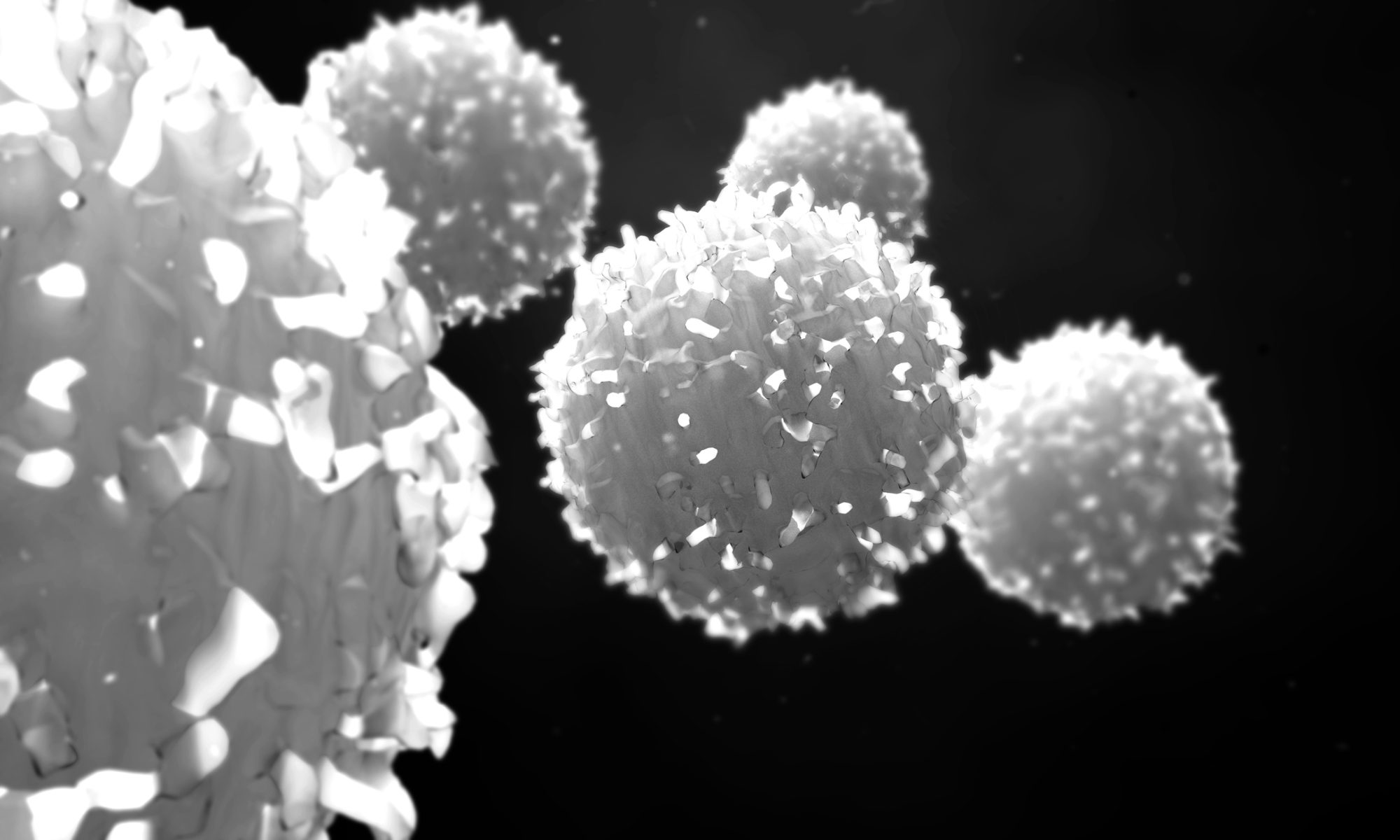WEEK STARTING FEBRUARY 17, 2020
T cells that have made a big splash in science and oncology news this week. In the 1970s experiments by Peter Doherty and Rolf Zinkernagel revealed the magic of MHC-restriction. They found that T cells, which eliminate infected cells, identify the cells to inspect by checking a cell surface molecule, the MHC (which is the name of this protein in mice, in humans its called HLA). In this case, what’s true in mice is true in men–T cells are guided by HLA molecules about what cells to attack and which to ignore. The genes that make up the HLA are the most diverse in the genome. This makes sense if you think about it: we want the entire population to have a diverse set of genes that control a key aspect of our immune response so that if some virus comes along, it won’t wipe out everyone.
Immunotherapy (CAR-T in particular), the previously ‘new, new’ thing, allowed scientists to alter T cells to make them more effective at fighting cancer. These scientists had to take account of the fact that my T cells will only respond to cells with my HLA, and your T cells will only reply to cells sporting your HLA–so theres a lot of bespoke T cell training going on. What Dr. Sewell and his team at Cardiff University School of Medicine found, was a type of T cell that does not require the recognition of an HLA to get involved in immune work. This variant of T cell has a receptor that ‘sees’ a cell surface marker common to most cancer cells (including blood, breast, bone, cervical, colon, kidney, lung, ovarian, prostate, and skin cancer cells) and other cells– something called MR1. MR1 is on most cells in your body, and importantly, the MR1 in your body is the same as the MR1 in mine. Somehow, this T cell can distinguish between the cancerous cells and the healthy ones, and only attacks the cancer cells.
This T cell might be a part of a “universal” cancer therapy–it could be used on many people to combat many cancers.
My fingers remain firmly crossed that it succeeds in clinical trials.
For Sewell et. al.s paper, click this link. For other articles about this finding, click here, here and here.

